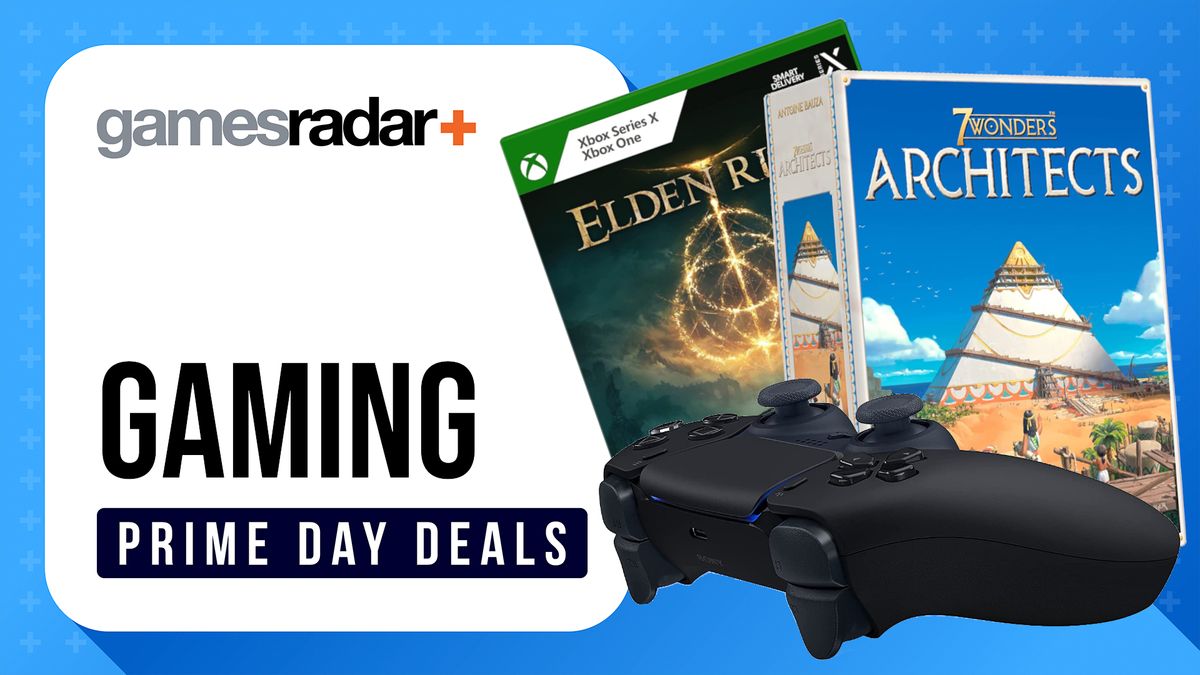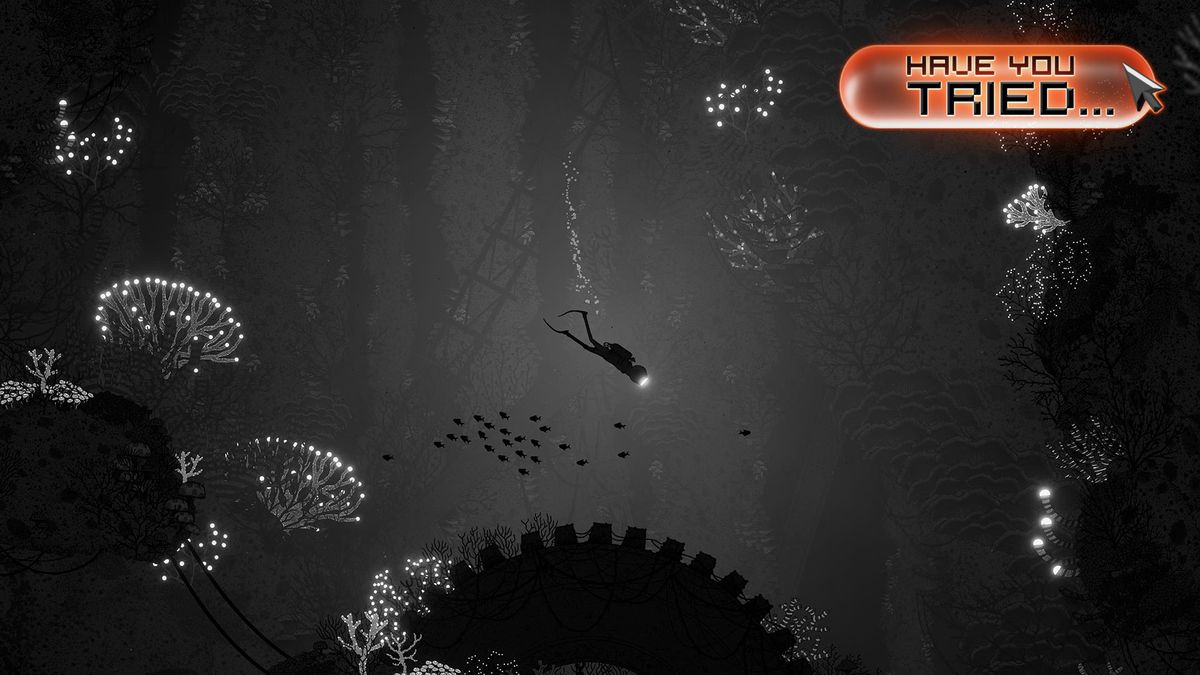New generation, new comparisons

This article is brought to you by TechRadar (opens in new tab) to celebrate its brand-new design. TechRadar is a global technology news and reviews site, read by more than 20 million people a month.
The PS3 was always a pretty good media streamer. Netflix looked spectacular on the console, and it had the advantage of services like BBC iPlayer, ITV Player and 4oD. With the next generation, Microsoft went after Sony and announced that the Xbox One would be the basis of all your media needs and included some very specific features to try and make that happen.
The problem with both consoles at launch, however, was that they did less than the previous generation. DLNA was available in the Xbox 360, but not the One and many of the features that made the PS3 so good were also absent from the PS4. So, how has this changed since launch, and which is the best media option right now?
Xbox HDMI input and EPG

From launch the jewel in the Xbox crown was that the machine could be hooked up to, say, your Sky box and used as a sort of overlay to present digital TV alongside gaming. Using the Kinect, you could order your console to switch from a game, to live TV. Or you could have live TV running in a window while you played Halo.
This worked okay for the US audience, but in the UK it looked awful with sport because the frame rate of the HDMI was locked to 60fps – fine for Americans, bad for Europeans. Microsoft eventually sent out an update that fixed this and added support for a UK EPG. Now, it’s entirely possible to see what’s on TV, and for the Xbox to suggest shows to you, even from services like Netflix of its own video service. The Xbox One now even has its own Freeview TV tuner and the future of this sort of function might be amazing. But for now, it just adds a layer of complication to using your TV service, which is probably already more than user friendly enough.
Plex and DLNA

The Xbox One and 360 both have the Plex app, as do the PS3 and PS4. If you’ve never used it, Plex is a two-part solution that consists of a server app, which you can install on a Windows, MacOS or Linux machine. It then serves your video, audio and photos to Plex clients both out over your home network or via the internet. There a loads of these clients designed for smart TVs and, now, consoles.
Both the Xbox One and PS4 have more limited codec support than other devices. Both can only direct stream h.264 video and AAC audio. If you want video and audio outside this, then your Plex server will transcode it. This is fine, but takes quite powerful hardware for 1080p video. Neither support MKV playback, but this is irrelevant as the video within the MKV container is almost always h.264 anyway, so don’t let that alarm you. The requirement to have Plex Pass to use the Xbox and PlayStation apps has now gone too. Nor do you need premium subscriptions to Xbox Live or PSN.
The Xbox recently got native DLNA support, too, and according to rumours it’s coming to the PS4 soon. DLNA allows you to stream from almost any device, be it a phone, laptop or even a DVR. It was part of both the PS3 and 360, but was excluded from the next generation for some reason.
Streaming video

One of the biggest problems with streaming video is that often devices will support Netflix, but not Amazon Instant Video or some other combination. The real advantage of the Xbox and PS4 is that both have a wide range of apps available. In the UK, for instance, both will give you access to iPlayer, Demand 5 and Sky’s Now TV. ITV has taken the decision to spare us its programming on both consoles though, so that’s a bonus.
The video results are great on both. That said, the lead the PS3 had over almost everything else has gone now, especially with Netflix. Originally, it had the highest quality streaming, but that sort of went away when Netflix standardised its streams. These days, you’ll get great picture quality on pretty much any streaming device, as long as your bandwidth is up to the challenge.
Blu-ray and DVD support

There was a time when the PS3 was the best Blu-ray player on the market. Sadly, the same can’t really be said for the Xbox One and PS4. Of course, they’re good players, and as media centres the fact they both support a disc format is helpful. But with that said, Blu-ray is about to get replaced with a similar format that supports 4K. Neither of these consoles will support that, although there is a vague possibility that both could output HD video at 4K.
Interestingly, while both play DVDs, the results aren’t amazing. Honestly though, for the price of online subscriptions, you’d be better off streaming everything anyway – it saves getting a disc out of the box and removing your current game of choice anyway.
And here we are…

And while we’ve got your attention, why not check out some of TechRadar (opens in new tab)‘s other content, on their shiny, new, redesigned site? 5 massive changes coming to gaming in 2015 (opens in new tab), would be a good start, and if you want to look crazy far into the future, have a read up on PS5 (opens in new tab) and what Sony’s console future might bring.
 Game News Video Games Reviews & News
Game News Video Games Reviews & News


